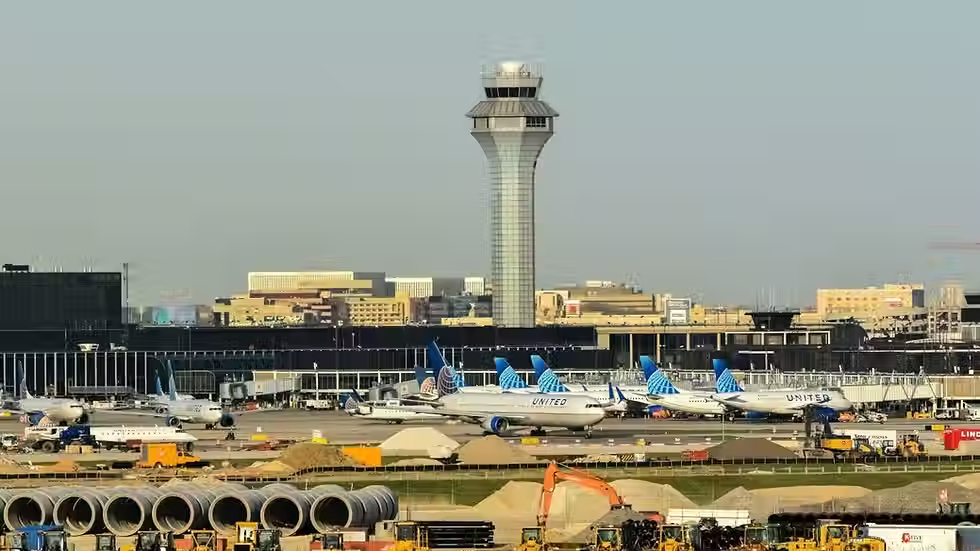Shanghai: A City Where History Meets Modernity
- Craig Devine

- Jul 26
- 2 min read
Updated: Oct 26
Shanghai, often called the “Pearl of the Orient,” is one of the most dynamic cities in the world. Its modern skyline, global outlook, and multicultural character are the result of a rich history of trade, colonial influence, and rapid economic growth.
A Brief History
Shanghai began as a small fishing village along the Huangpu River but gained prominence in the 19th century when it became a treaty port after the First Opium War (1842). This opened the city to foreign powers, leading to the creation of international concessions—self-governed districts controlled by countries like Britain, France, and the United States. These concessions brought Western architecture, technology, and culture, transforming Shanghai into a cosmopolitan hub.
By the early 20th century, Shanghai was known as the “Paris of the East,” blending Chinese traditions with Western modernity. Its historic Bund waterfront is a testament to this era, with buildings that showcase neoclassical, art deco, and Gothic styles.
Why Shanghai is Modern and Multicultural
Global Trade Legacy: Shanghai’s strategic location made it a gateway for international trade, fostering a culture of openness and exchange.
Economic Boom: Since China’s economic reforms in the late 20th century, Shanghai has become a financial powerhouse, home to the world’s busiest container port and a thriving tech sector.
Cultural Diversity: The city’s mix of Chinese heritage and international influences creates a unique cultural landscape—French-inspired neighborhoods, modern skyscrapers like the Shanghai Tower, and bustling local markets coexist side by side.
Innovation and Style: Today, Shanghai is known for fashion, cutting-edge design, and a futuristic skyline that reflects its role as a leader in modern urban development.
A City of Contrasts
Shanghai is a city where past and future collide—traditional temples stand near futuristic high-rises, and quiet historic alleys (shikumen) contrast with the neon-lit streets of Pudong. Its multicultural roots and rapid modernization have shaped it into a vibrant global city that feels both Chinese and international.





